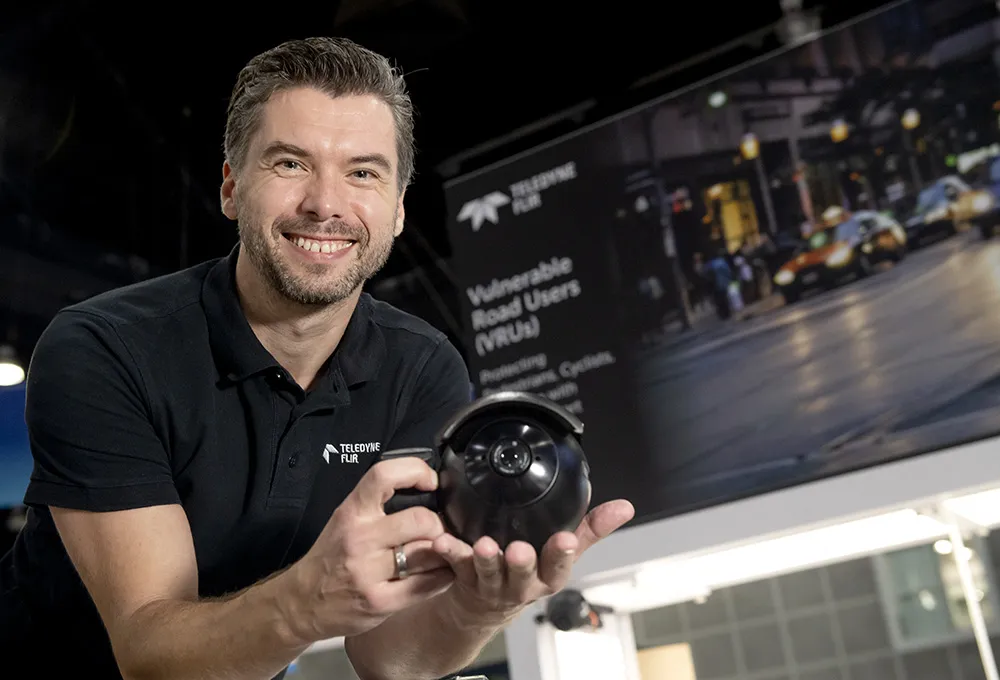In a contract valued at US$3.2 million,
SmartMobility will enable Rabat authorities to effectively coordinate interaction between the new light rail network and city traffic, with the capability to give priority at any time to light rail over private transportation in cases where it is considered to be suitable. This will help minimise light rail system delays and undue standstills, thereby enhancing city road safety levels.
The system to be installed by Telvent is based on selective light rail detection through simultaneous use of radio frequency and magnetic induction, which will permit the system to determine the point at which the light rail train is approaching an intersection. Once detected, the system will make the decision to give priority to the light rail train on the basis of actual traffic conditions, which the system will have determined through micro-regulation tools for intersection traffic that are based on artificial vision analysis systems.
Specifically, Telvent will develop and implement management software, in addition to traffic regulators and road and light rail signalling, based on LED-type technology, allowing energy savings of up to 70 per cent as against current technology.
Manuel Sanchez, Telvent’s chairman and CEO, comments, “Our solution will help the city of Rabat to coordinate the interaction between light rail and city traffic in an effective manner, delivering an unequivocal enhancement to urban mobility.”










